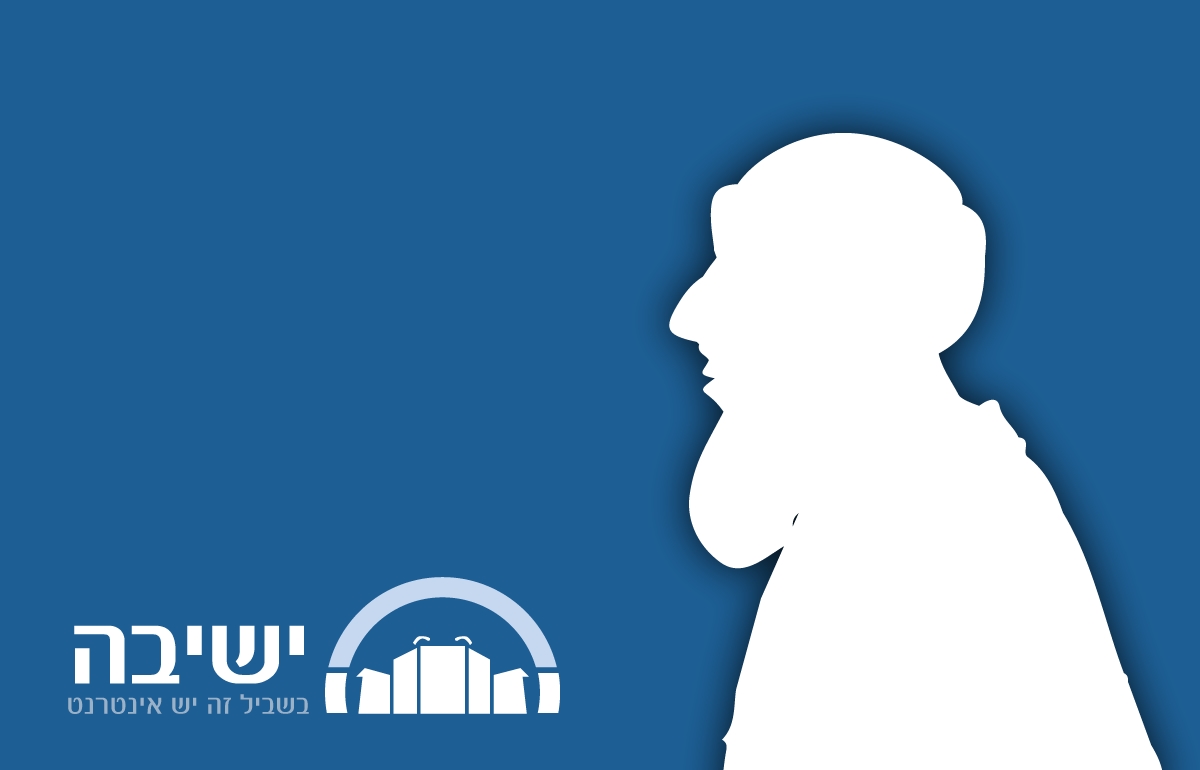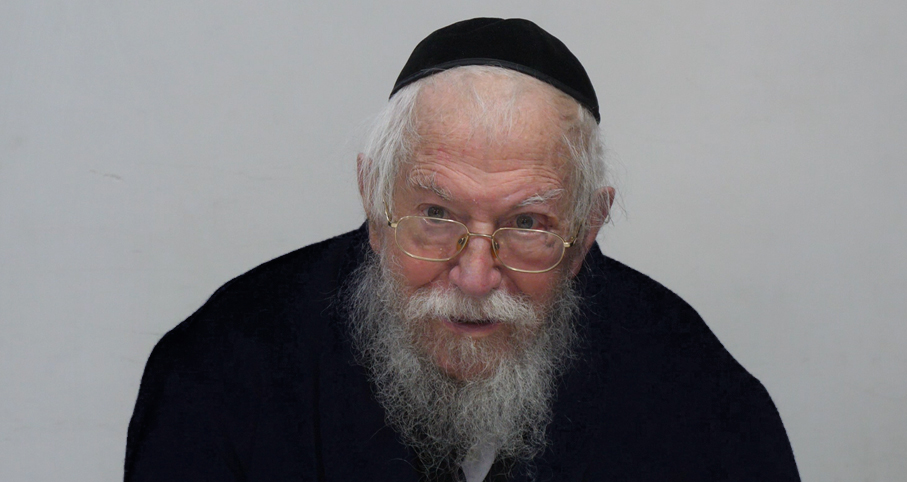- Sections
- Parashat Hashavua
- Torah Portion and Tanach
- Bamidbar
The Torah study is dedicatedin the memory of
Hana Bat Haim
3740
Tosafot (ad loc.) cites the midrash that like a small child running away from school, "so [Bnei Yisrael] were running away from Mt. Sinai a path of three days, for they had learned there much Torah." The simple understanding is that they were afraid that if they remained longer they might receive even more commandments, and so they left hastily. There seems to be a hint of the haste in the phrase the midrash repeats twice, "a path of three days," that they actually traversed it in one day (see Rashi on chumash). But it is still difficult to understand the criticism for diligence to follow Hashem’s lead on a path pointing toward Eretz Yisrael.
Bnei Yisrael were correctly happy to move on their way toward the future challenges and opportunities ahead. However, they did not properly appreciate the importance of the spiritual provisions they were to bring from Mt. Sinai, or the difficulty of the road ahead. The midrash’s stressing of the fact that the path should have taken three days implies that the speed of the travel was part of the problem, in addition to the desire to leave. Bnei Yisrael did not appreciate that a path of three days should take three days. One cannot always arrive at the destination earlier than ordained.
Rashi (on the gemara, ibid.) says that the first puranut was, "the rabble in their midst had a desire, and Bnei Yisrael also wept again, saying, ‘who will feed us meat’" (Bamidbar 11:5). This is very difficult, as this event is found after the miton’nim, and the encapsulated p’sukim do not separate between them. We can explain as follows. Bnei Yisrael’s lack of readiness to leave Mt. Sinai in an orderly fashion lead to a lack of spiritual balance, which gave rise to the subsequent ascendance of the rabble to prominence. It is this root of the problem that the Torah identifies as the puranut.
There is a lesson in all of this for our lives. We often correctly identify a distant goal as a Divinely ordained challenge in our lives. But we do not always appreciate how the tools we received at Sinai are ones we need to gather up carefully and lovingly to accompany us on the path and make it a safe one. We are also not always patient enough to know that it takes a long time to cover a long distance, and we need to pace ourselves appropriately to arrive in peace.

Parashat Hashavua: Who Called Out to Whom?
Rabbi Yossef Carmel | Nisan 5785

The Intersection of the Three Eichas
Rabbi Moshe Erenreich | 6 Av 5767

Parashat Hashavua: The Ten Commandments – A Blueprint for World Justice
Rabbi Yossef Carmel | Shevat 5785

Parashat Hashavua: The Visits in Beit El of Yaakov/Yisrael – part II
Rabbi Yossef Carmel | kislev 5785

"Ushemartem et HaMatzot" - The Laws of Baking Matzot
Rabbi Shmuel Holshtein | 5769

Prayer for Redemption and Blessings for Mashiach
Rabbi Avraham (Abe) Abrahami

Mourning Customs During the Omer
Rabbi Eliezer Melamed | 5764

That a Cohen May Not Marry a Divorcee
Rabbi Shmuel Holshtein | 5769

Example of Shifting Gears to Build a Jewish Nation
Erev Pesach which Falls on Shabbat
Rabbi Ari Shvat | Nisan 5785

P'ninat Mishpat: Unsuccessful Transfer of Yeshiva – part III
based on ruling 82138 of the Eretz Hemdah-Gazit Rabbinical Courts
Beit Din Eretz Hemda - Gazit | Nisan 5784

Daf Yomi Sanhedrin Daf 112
R' Eli Stefansky | 10 Nisan 5785






